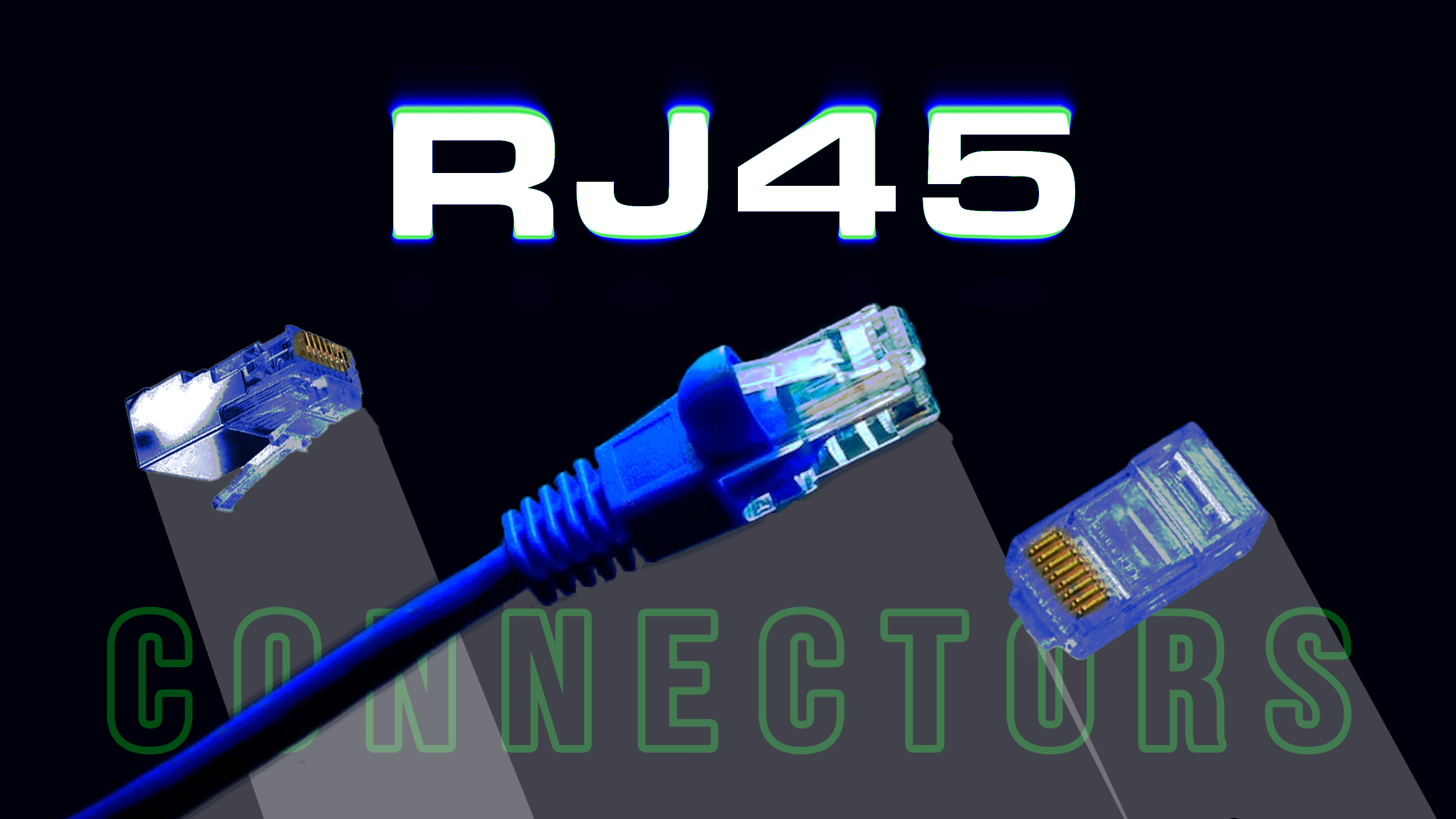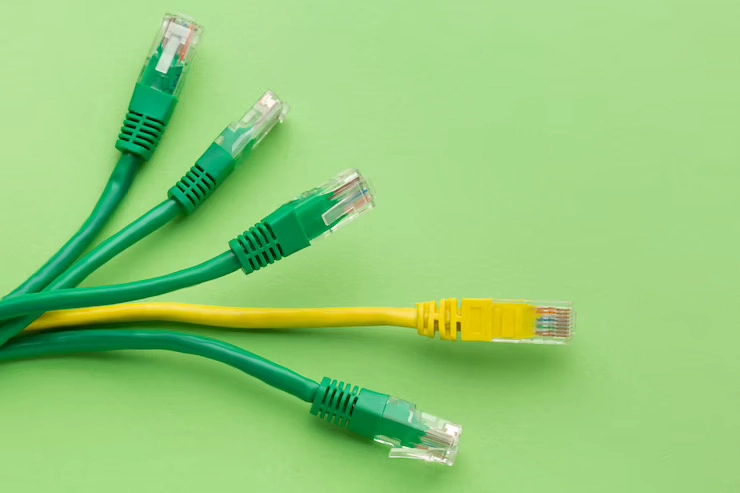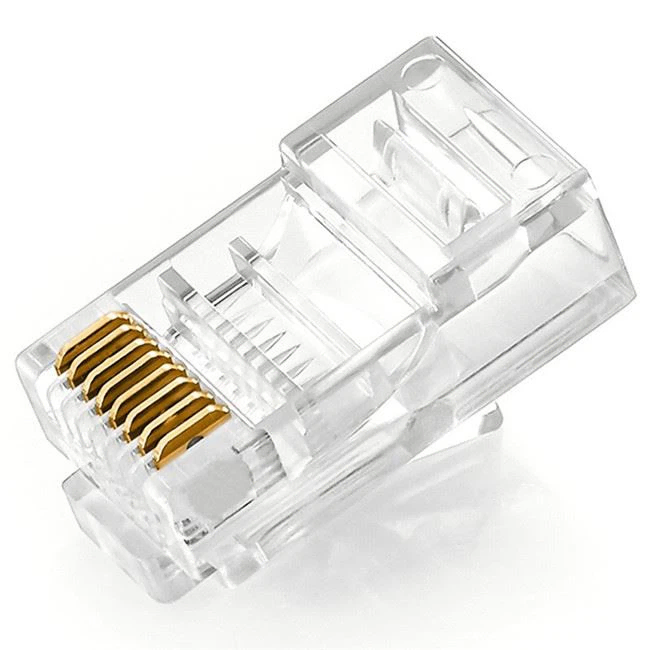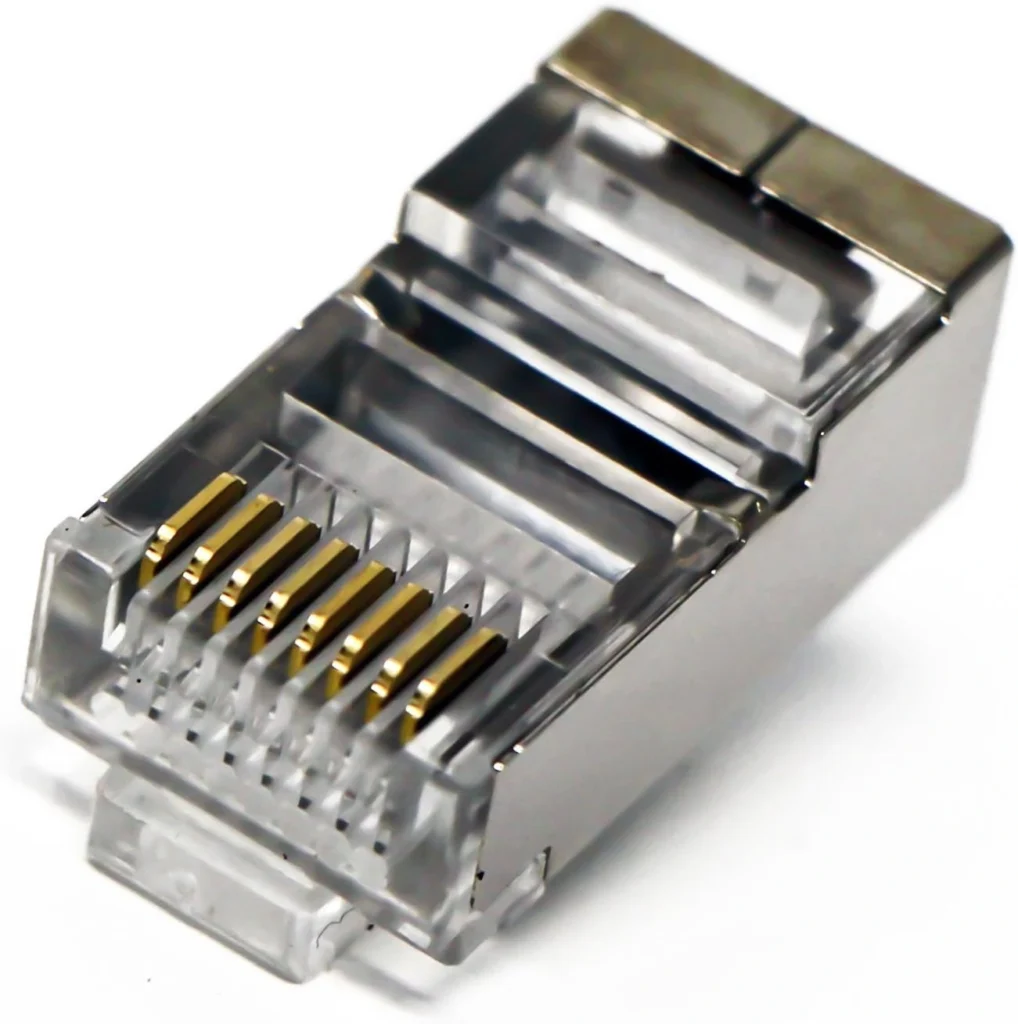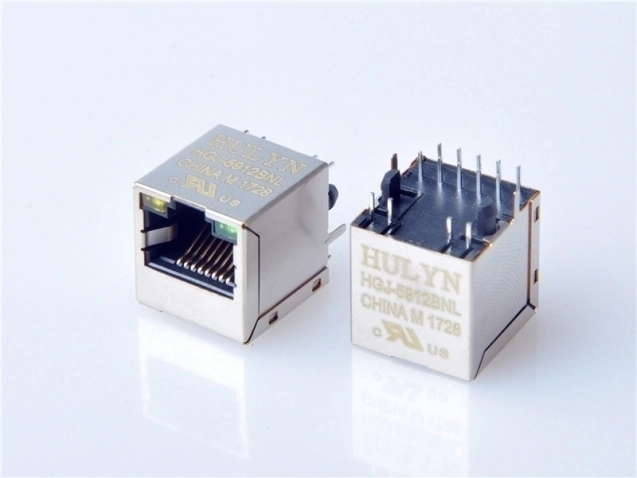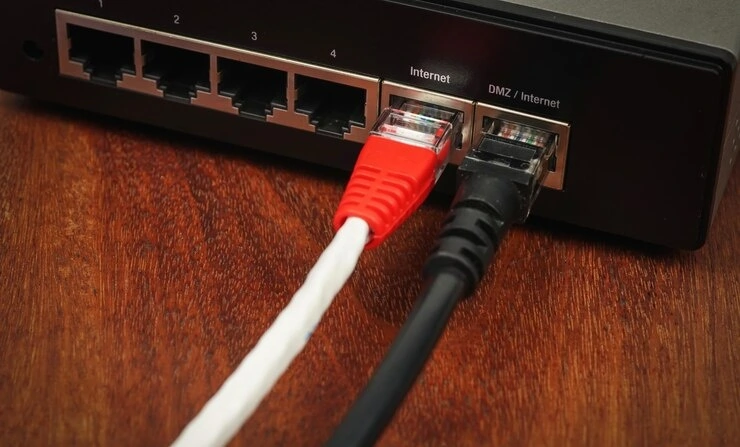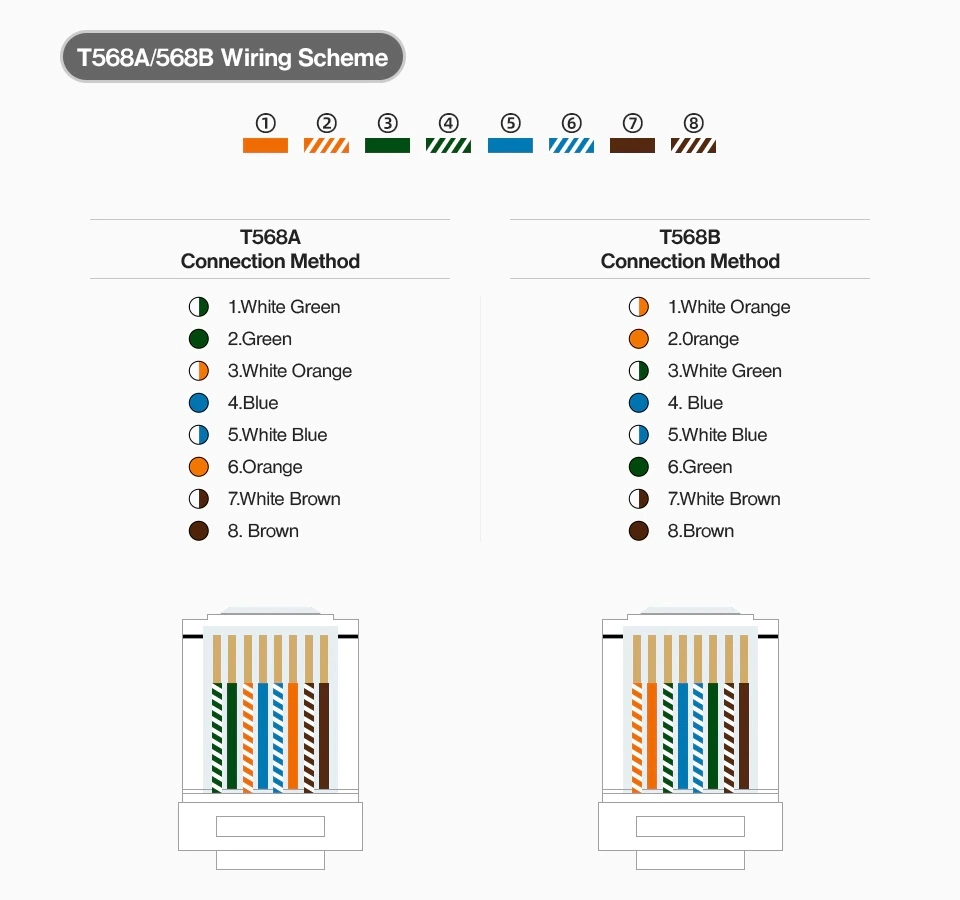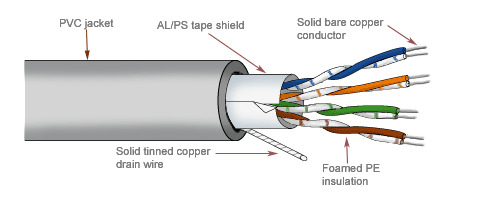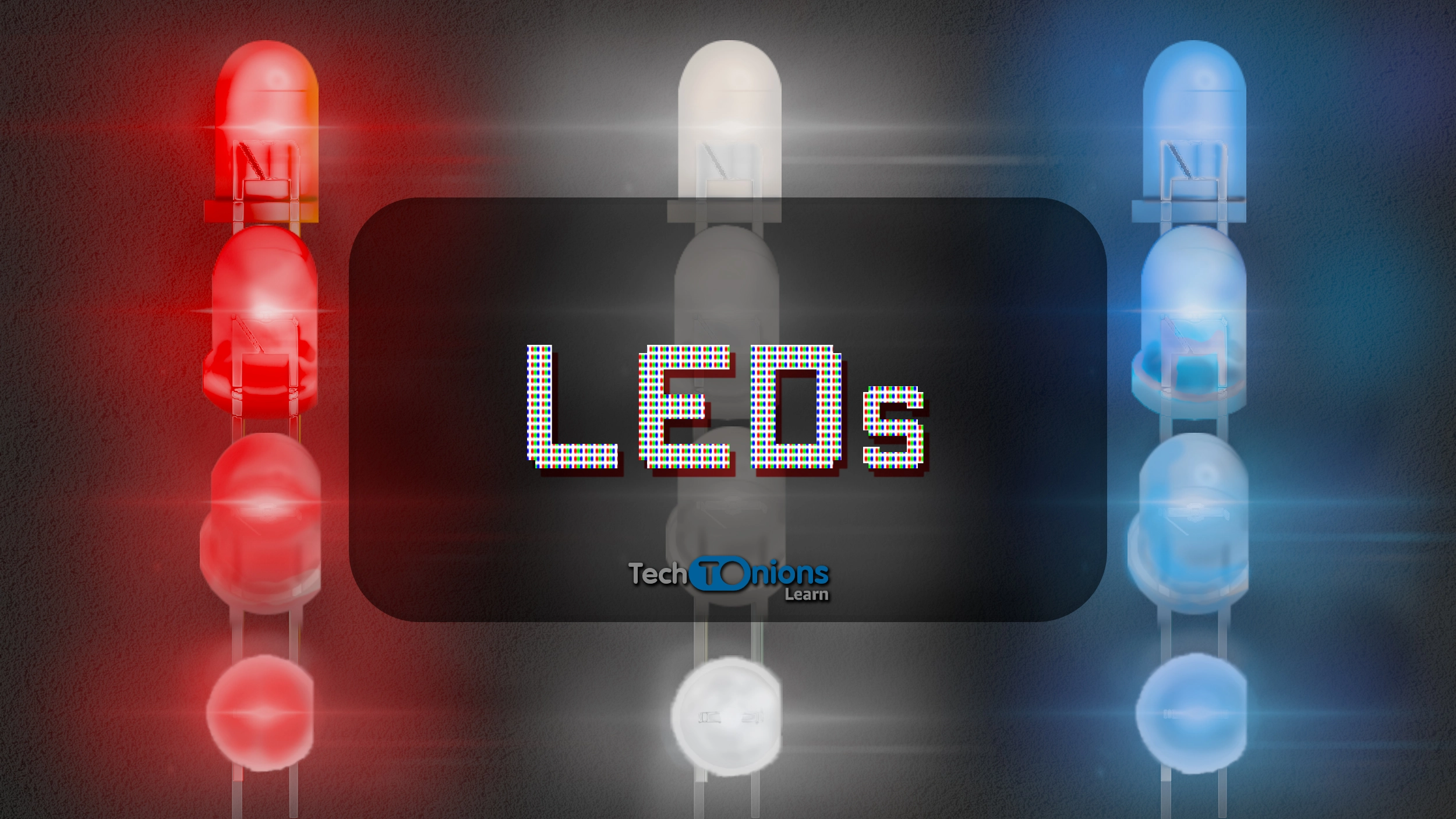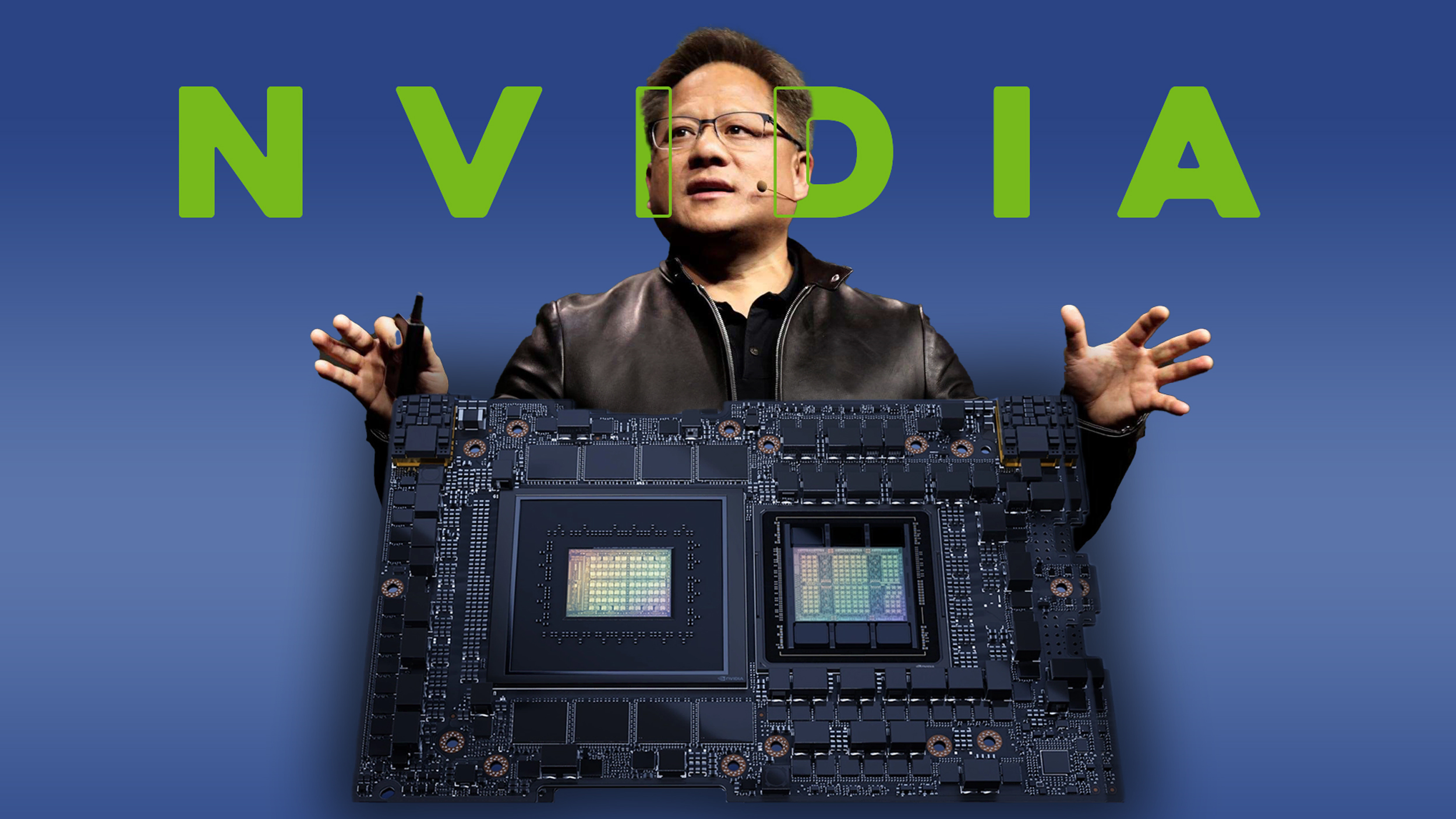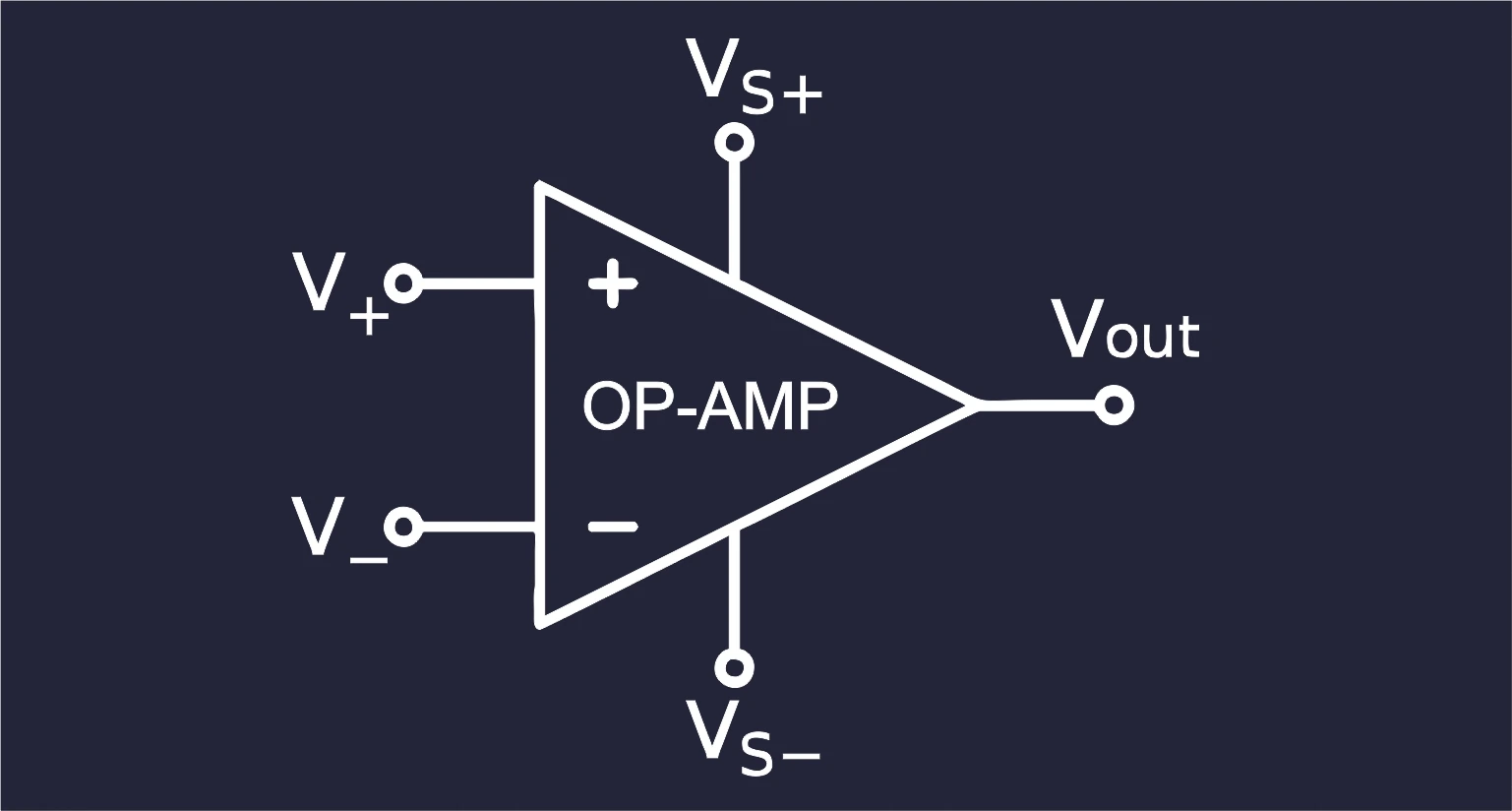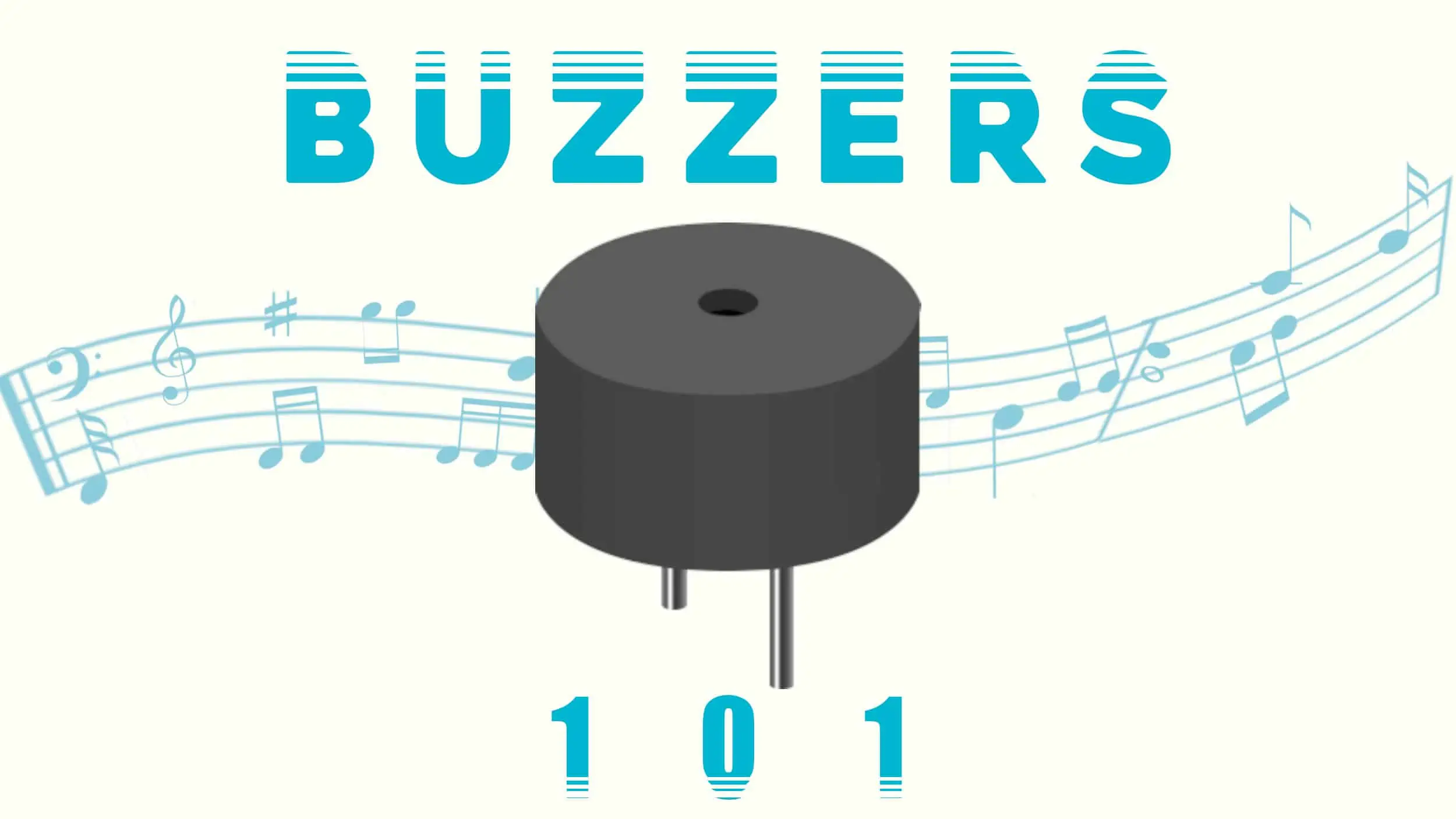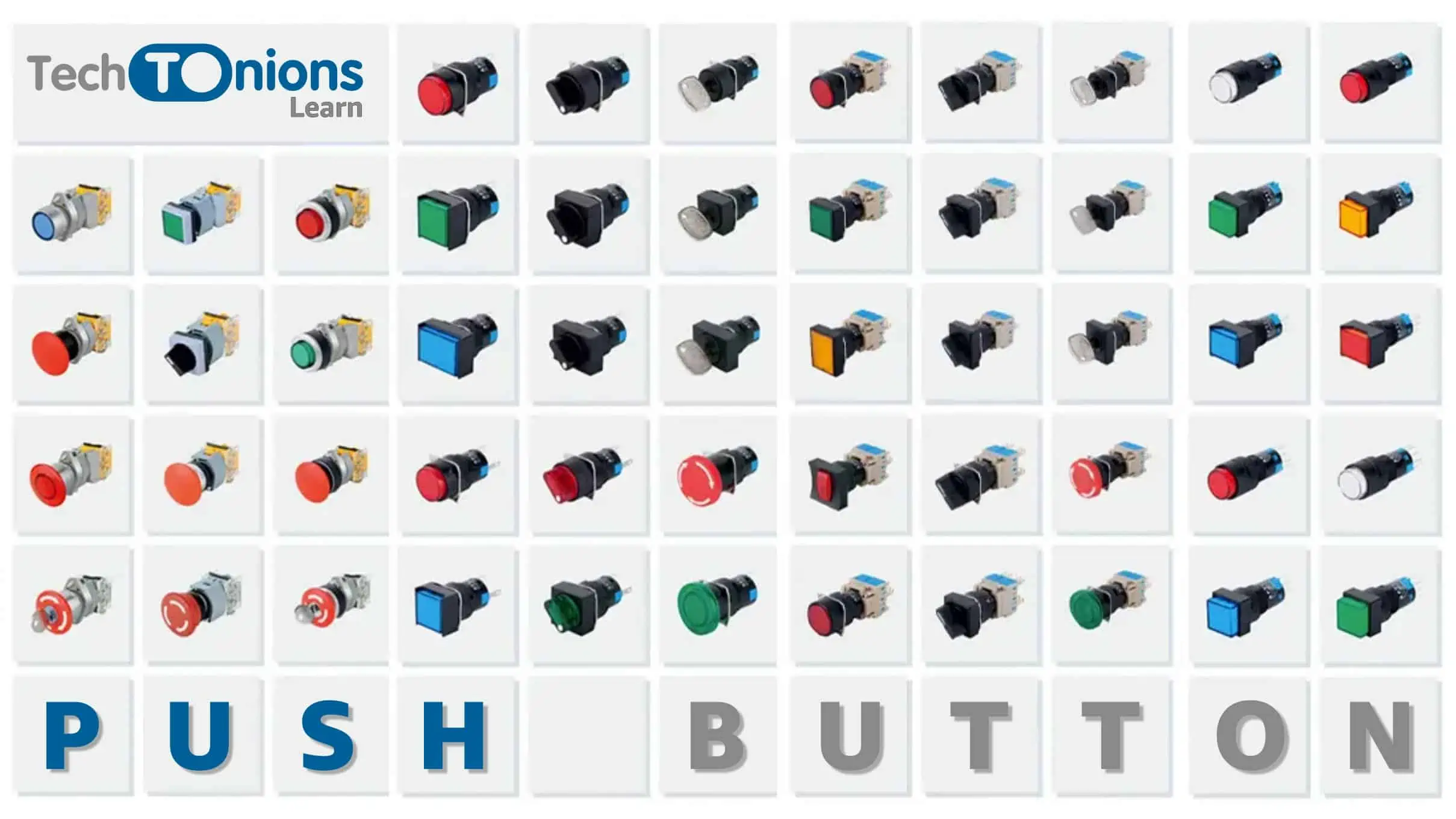In the world of networking, RJ45 connector play a crucial role in establishing reliable connections. Whether you’re setting up a home network or configuring a complex data center, understanding the different types of RJ45 connectors, their color codes, and the crimping process is essential for seamless data transmission.
RJ45 connectors are the unsung heroes of network connections, quietly facilitating the transfer of data between devices. Without these small but mighty connectors, our digital world would come to a screeching halt. They are the glue that holds our networks together, ensuring that information flows seamlessly from one device to another. In this fast-paced world of technology, the importance of RJ45 connectors cannot be overstated
What is an RJ45 Connector?
An RJ45 connector, also known as an 8P8C (8 Position 8 Contact) connector, is a standard modular connector widely used for Ethernet connections. It features eight pins that correspond to eight wires in twisted pairs, allowing for reliable data transmission.
RJ45 is the enigmatic acronym that has puzzled many a curious mind. What could it possibly stand for? Is it a secret code, a hidden message waiting to be deciphered? Fear not, for the answer is simpler than you might think. In 1976, various connectors developed in this system were classified by the FCC as the Registered Jack (RJ) system, hence the name RJ.
This was done to ensure compatibility between telco hardware and consumer equipment. The RJ system covers physical connectors, cabling patterns, and signal specifications. a small but mighty device that allows us to connect our devices to the vast and wondrous world of the internet. So next time you come across this mysterious term, remember that it is nothing more than a gateway to the digital realm.
Types of RJ45 Connectors
RJ45 connectors come in various types, each designed to cater to specific network requirements. The primary types of RJ45 connectors include:
Unshielded Twisted Pair (UTP) Connectors
These connectors are the most common and widely used type. UTP connectors offer simplicity, affordability, and adequate performance for most networking applications. They are suitable for Ethernet cables with four pairs of twisted wires.
Shielded Twisted Pair (STP) Connectors
STP connectors provide an extra layer of protection against electromagnetic interference (EMI) and crosstalk. These connectors are ideal for environments with high electrical noise or where signal integrity is critical.
Modular Connectors
Modular connectors, also known as modular plugs or jacks, allow for flexibility in network configurations. They are available in various formats, such as RJ11, RJ12, and RJ45. RJ45 modular connectors are specifically designed for Ethernet connections
Field Termination Connectors
Field termination connectors are used for the on-site termination of Ethernet cables. They offer convenience and flexibility, allowing network technicians to customize cable lengths and terminations as per the installation requirements.
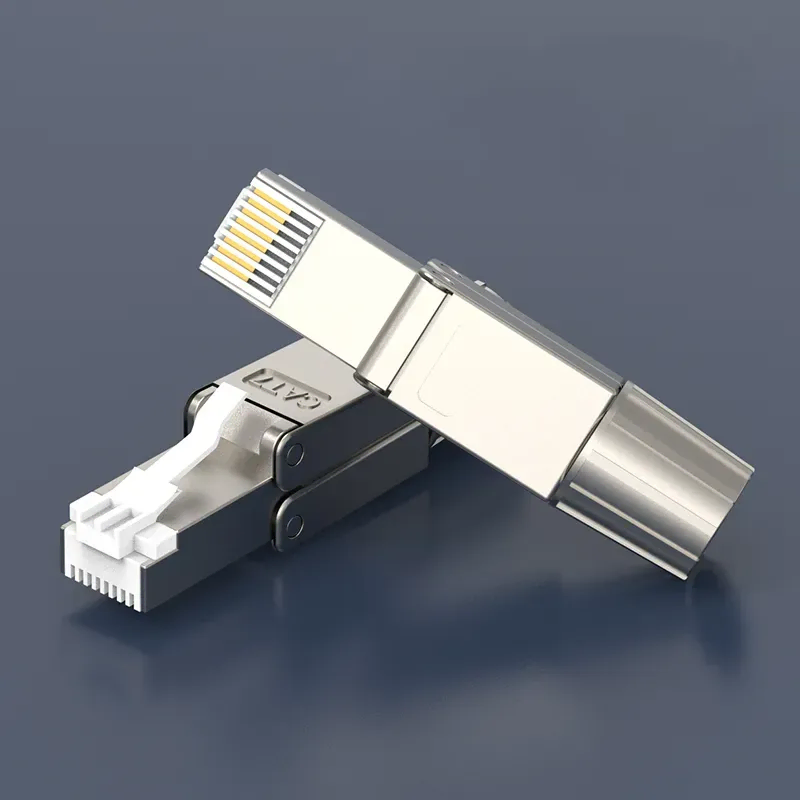
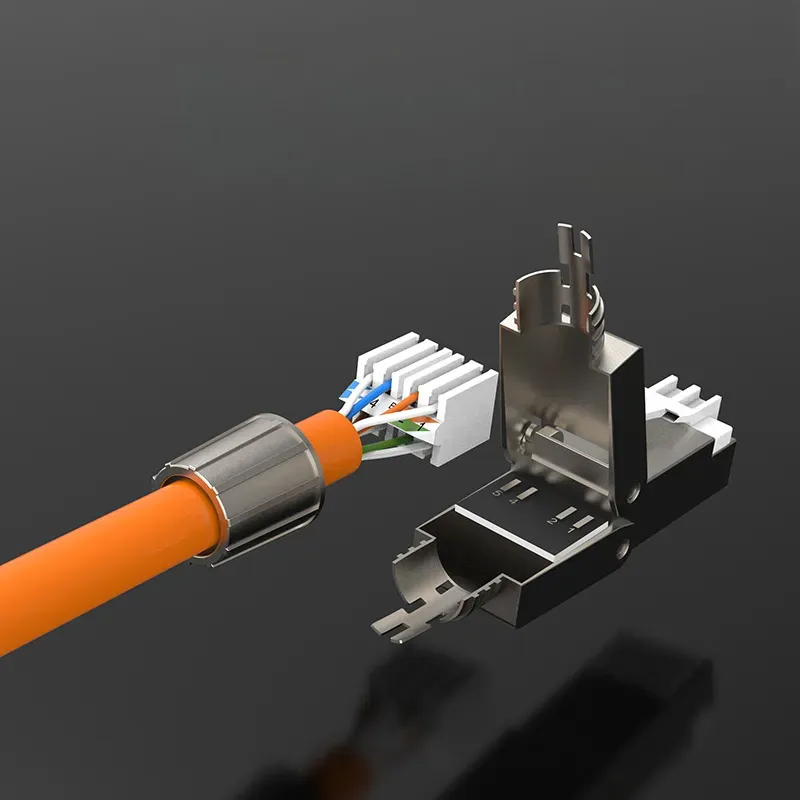
Each type of RJ45 connector has its advantages and disadvantages. Understanding their unique characteristics helps in selecting the appropriate connector for specific networking needs.
RJ45, Ethernet & EtherCAT
RJ45 and Ethernet are two closely related terms. Developed by the IEEE in the 1980s, the Ethernet standard (IEEE 802.3) defines the rules for configuring Ethernet networks (links), the number of conductors required for connection, the expected performance, and the framework for data transmission.
You can find more information about the Ethernet standard IEEE 802.3 here.
Ease of use, cost, speed, and support for a wide range of network protocols have made the RJ45 connector a standard device for building networks and remains the most widely used and popular LAN technology in the world.
Introduced in 2003, Ethernet for Control Automation Technology (EtherCAT) is a highly versatile networking protocol used by the industry for real-time factory automation, testing and measurement, and more. It is defined by IEC 61158 and operates at high speed with high efficiency. The EtherCAT network uses two RJ45 ports with no other special hardware required. One RJ45 is connected to the previous node in the network and the other is connected to the next node, allowing efficient use of bandwidth.
The table provided below will assist you in determining the most suitable cable type for your specific requirements.
| Type of Cable | MAX SPEED | Capacity of band |
|---|---|---|
| Cat 5 | 100 Mbps | 100 MHz |
| Cat 5e | 1,000 Mbps | 100 MHz |
| Cat 6 | 1,000 Mbps | 250 MHz |
| Cat 6a | 10,000 Mbps | 500 MHz |
| Cat 7 | 10,000 Mbps | 600 MHz |
| Cat 7e | 10,000 Mbps | 1000 MHz |
Understanding RJ45 connector Color Code
The color code used for wiring RJ45 connectors is essential for ensuring proper connectivity. There are two common standards: T568A and T568B.
Unravel the Mystery of RJ45 Connector Color Code with Our Visual Guide – Confusion Begone!
1. T568A Wiring Standard
The T568A color code uses the following order: green-stripe, green, orange-stripe, blue, blue-stripe, orange, brown-stripe, brown.
2. T568B Wiring Standard
The T568B color code uses the following order: orange-stripe, orange, green-stripe, blue, blue-stripe, green, brown-stripe, brown.
3. Crossover Cable Color Code
A crossover cable, used to connect two similar devices directly, uses a combination of T568A and T568B on each end.
Tips for Properly Using RJ45 Connectors
To ensure optimal performance and longevity of RJ45 connectors, consider the following tips:
1. Choose the Right Type of RJ45 Connector
it’s essential to use the appropriate type based on your networking requirements. RJ45 connectors come in various categories, such as Cat5e, Cat6, Cat6a, and Cat7, each offering different data transfer rates and bandwidth capabilities. Choose the connector that matches your network’s specifications to ensure optimal performance.
2. Follow the Correct Color Code
Properly crimping an RJ45 connector involves following a specific color code known as the T568A or T568B standard. This color code determines the order in which you arrange the wires inside the connector always use the proper T568A or T568B color code when crimping RJ45 connectors. The T568B standard is commonly used in modern networks and is as follows:
3. Check for Proper Crimping
Proper crimping ensures a reliable and secure connection between the cable and the RJ45 connector. Use a quality crimping tool to press the connector firmly onto the cable’s wires. Be cautious not to over-crimp, as it can damage the connector and negatively affect the signal quality. After crimping, give the connector a slight tug to ensure the wires are securely fastened.
4. Protect the Connectors from Dust and Moisture
RJ45 connectors are vulnerable to dust, moisture, and other environmental factors, which can prevent signal degradation. Additionally, when using RJ45 connectors in outdoor or harsh environments, opt for weatherproof connectors and shielded cables to minimize the impact of moisture
Bonus Tip: Always use high-quality cables and connectors from reputable manufacturers. Cheaper, low-quality components may lead to intermittent connectivity issues and affect the overall performance of your network.
Crimping cable with RJ45 connector
Tips for Successful Crimping:
- Use a high-quality crimping tool for optimal results.
- Double-check the color order and ensure that the wires are correctly arranged.
- Avoid over-crimping, as it may damage the connector or affect signal quality.
- Test the crimped connector with a cable tester to ensure it is functioning correctly.
Crimping an RJ45 connector is a straightforward process that requires the right tools and attention to detail. Here’s a video guide for better understanding.
Takeaway
In conclusion, RJ45 connectors are indispensable components in network connections. Understanding the different types of connectors, color coding standards, and proper crimping techniques is vital for establishing reliable and efficient network infrastructures. By adhering to color coding standards and employing correct crimping techniques, network professionals can ensure accurate connections and minimize troubleshooting efforts.
Additionally, choosing the right connector for specific applications based on network requirements and environmental considerations optimizes network performance and paves the way for future scalability. By acquiring knowledge and implementing best practices related to RJ45 connectors, network installers, and technicians can contribute to the smooth functioning of network systems.
.
If you’ve found this Guide helpful, we’d love to hear from you! Leave a comment below to share your thoughts, and don’t forget to explore our other exciting learning guides.
Your feedback and engagement inspire us to create more valuable content for you!
